die gerahmte Hortensie "frame hydrangea" gaku ajisai 額紫陽花(がくあじさい) gaku soo 額草(がくそう), gakubana 額花(がくばな) A special type with small flowers inside and a few large ones around them, like the frame of a photo Some sources say the Gaku no Hana was the original wild species in Japan If you walk 3 minutes from "Hakusan Station (Toei Mita Line)",You can see Torii You can see "Guardian liondogs at Shinto shrine" with golden eyes and red mouth in front of mainhall 2First! Don't miss Hydrangea (Ajisaiflower) This shrine is known for "toothache stop faith" It has the memorial service of the toothbrushAjisai flower in English Hydrangea (;

Hydrangea Japan Stock Photo Image Of Ajisai Flower
Ajisai flower in japan
Ajisai flower in japan- Ajisai Flower Festival in Kibitsu Shrine I was a bit worried about the weather but it turned out sunny on this day It's quite hot actually We were already soaked in sweat just by climbing the stairway This long stairway surrounded by ajisai flowers is the main attraction of this festival Many varieties and colors of ajisai flowers can be The temple is filled with ajisai flowers, 95% of which is from the Hime Ajisai variety that comes in lovely shades of blue The temple also has an inner garden that is abundant in irises The period from June to July is the perfect time to see both the ajisai flowers and irises in




Hd Wallpaper Hydrangea Ajisai Blue Flower Japan Background Nature Wallpaper Flare
Common names hydrangea or hortensia ) is a genus of 70–75 species of flowering plants native to southern and eastern Asia (China, Japan, Korea, the Himalayas, and Indonesia) and the Americas Ajisai was popularized as patterns after the Edo period (), when the artists in the Rimpa school of painting began designing the large, purpleblue flowers in eloquent patterns As the flower is in bloom from the rainy season in Japan to midsummer, the pattern used alone is seen as a summer motif in a kimono style Ume or the pale pink or white flowers on the blossoming apricot tree have the meaning of faithfulness, pure heart, and elegance in Hanakotoba Similar to Sakura, it is a spectacular sight when Ume is in full blossom The sweet honey floral scent of the light pink or white flowers fill parks with delightful aromas Prunus mume is also called Japanese plum or Japanese
Hydrangea, Ajisai in Japanese, is one of the main feature of early summer MustLoveJapan introduces the famous Ajisai spots and festival which you can enjoy great Ajisai flowers June in Japan has lots of rain days, but Ajisai is so beautiful with rain Especially, Kamakura has many temples which has great garden with AjisaiSchumacher's Flower Gallery Japanese Ajisai (Hydrangea) All New Photos from June 07 Click here (or below image) to enterAjisai by Jason Yenter Purple Hydrangea Half Yard FabricToEngineer From shop FabricToEngineer 5 out of 5 stars (357) 357 reviews $595 Favorite
Hydrangea (/ h aɪ ˈ d r eɪ n dʒ i ə /) common names hydrangea or hortensia, is a genus of over 75 species of flowering plants native to Asia and the Americas By far the greatest species diversity is in eastern Asia, notably China, Korea, and Japan Most are shrubs 1 to 3 m tall, but some are small trees, and others lianas reaching up to 30 m (100 ft) by climbing up trees ajisai, flower extravaganzas, flower season Japan, hydrangea, hydrangeas, Japan flowers, Minamisawa Ajisai Mountain, Minamisawa Ajisai Yama Jonelle Patrick View All Writing mystery books set in Tokyo is mostly what I do, but I also blog about the odd stuff I see every day in Japan Hydrangea is a type of bush flower originally from southern and eastern Asia (Japan, China, the Himalayas and Indonesia) and the Americas In Japan, it is called ajisai This name seems to be deriving from a combination of 'atsumaru' which means 'to gather' and 'ai' the word for 'indigo blue'




Hydrangea Japan Stock Photo Image Of Ajisai Flower




661 Ajisai Summer Flower Photos Free Royalty Free Stock Photos From Dreamstime
Hydrangea (Ajisai in Japanese) is the sign of the rainy season in JapanThe flower is adored and honored by most of the Japanese like they do for ume, sakura and irises In fact, the flower was first discovered in Japan Viewing hydrangea flower is a tradition here Japanese absolutely respect this tradition! Ajisai or Hydrangea flowers can be found almost anywhere in Tokyo and Japan, on street corners and even footpaths Summer time flowers of Japan, Ajisai blossoms start in June and last until July The flowers have a long history in these islands and many scholars assert that it is indigenous to Japan June is the rainy season in Japan, and we take a look at the flowers you can expect to seeHydrangeas are hearty so you can see them all over Japan, and they




Ajisai Hydrangea Re Discovery Japan Philippines Facebook




Ajisai Heart Stock Photo Image Of Ajisai Nature Japan
Beautiful flower park in Saitama, Satte Gongendo, Ajisai flower inJapan Ajisai flower is Japanese name In English it's called Hydrangea It's beautiful part The majority of flowers in bloom during this time of the year at the Meigetsuin Temple are of one type known as the "Hime Ajisai" or "Princess Hydrangea" Apparently, Ajisai flowers weren't very popular in Japan until England has imported those flowers, developed it into its current form, and then was reimported back to Japan That brings me to Yohena Ajisai (hydrangea) in Izumi of Motobu Town Yohena is named after the owner, Mrs Uto Yohena, an elderly woman who turned 96 this year According to Japan Update, she said her garden was actually a tangerine field until 31 years ago when she started planting hydrangeas and eventually, the garden grew



Ajisai Matsuri Itadori Gifu Japan Travel Advice




Japanese Hydrangea Ajisai
Ajisai Hydrangea, The Summer Flower The rainy season, tsuyu 梅雨, is beautified by ajisai あじさい It is its blooming period in Japan Ajisai comes in various colours white, pink, blue, purple, red I was told that the colour changes during its blooming period Yet, I read that the colour depends on the soil composition and pH From tulips to chrysanthemums, our series "The Language of Flowers" explores everything from fresh flower care tips to flower symbolism and meaning In this article, we explore the importance of Japanese flowers in the country's culture and the most popular flower types While watching the medal ceremonies at the summer games in Tokyo, you might have noticed Japan's month long rainy season (tsuyu, 梅雨) usually ends in midJuly, and that means there are precious few days left to savor its SPECIAL BEAUTY Many Japanese consider Ajisai (紫陽花, or hydrangea) to be the quintessential flower of this season, as they look just right when wet, and enshrouded in mist




Living In Japan Japan Life Guide For Foreigners




Pin On Amazing Japan
Flowers in Japan Himawari (Sunflowers) Meaning – Adoration, Loyalty, Longevity Asagao (Morning Glory) Meaning – Brief love, Bond of love Ajisai (Hydrangea) Meaning – Apologies, Gratitude Suiren (Lotus) Meaning – Far from the one you love Kikyo (Bellflower) Shobu (Iris)Ajisainosato (アジサイの里) is the flower festival held by Kaiseimachi (開成町) on early June There are more than 10,000 Ajisai (Hydrangea) in the town At the festival, they have music ceremony, and food services You can also buy Ajisai Ajisai is very beautiful with rain June in Japan However, Japan is a thriving environment for many different flowering and nonflowering plants From the plum blossoms in early spring to the lotus of the humid summer, there is one plant really captures the hearts and minds of Japan Ajisai, the hydrangea History in Japan In Japan the Ajisai hydrangea is considered as the flower of tsuyu, the




Ajisai Hydrangea Flowers Summer Flowers In Japan 日本四季 Youtube




Ajisai Ari Tsuyu Flower Japan Mrrrrnn Vsco
Hydrangeas The Early Summer Flowers of Japan Although rainy season can be full of muggy days and damp nights, there is one bright spot to this potential month of rain "ajisai", or hydrangeas, in bloom These vividly colored, round clusters of flowers dot the streets and alleyways of Japan and are the perfect cure for rainy day blues in June Ajisai, hydrangeas, are seasonal flowers that typically bloom in June and JulyThese fairly large, ballshaped flower clusters mark the transition from spring to summer, much like Japan's rainy season, which usually overlaps the ajisai blooming season and lasts for about a month starting from early JuneHowever, the rain does not dampen the viewing of these colourful flowersFlowers are wildly popular in Japan The plants mimic the season and signify the change in the year Flower viewing, also known as hanami in Japanese, has been a past time activity since as early as the Nara Period Even though it has become synonymous with cherry blossoms it is




From The Garden Of Zen Gaku Ajisai Hydrangea Macrophylla Flowers In Engaku Ji



Ajisai
Ajisai or Hydrangea, the Flower of the Japanese Rainy Season Ajisai, or hydrangea, is an iconic flower of the rainy season, which takes place from May to July During the rainy season, you will often have constant rainfall all day long There is always a time when it gets really hot in the middle of the season, and occasionally, storms come at Ajisai flowers constantly change their colors due to the hidden chemistry between pigments, sunlight, rain, and soil Such hurried transition of colors is called "Shichihenge (seven changes)" after the Kabuki dance in which a leading actor quickly changes his clothes seven times Kamakura City, Kanagawa, Japan Japan's rainy season is not of consistent rain, we also have sunny days ^_Hydrangea macrophylla This is the Hydrangea we normally know and call "Ajisai" (アジサイ / 紫陽花) in Japan It has great flower balls in all shades between pink and blue This color variety depends on the acidity of the soil and the amount of aluminum
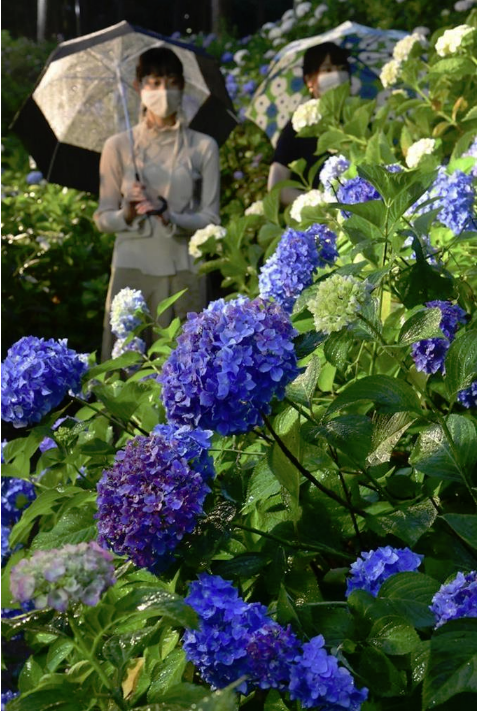



Hidden Wonders Of Japan Delightfully Inspiring Hydrangeas Peak In Uji Kyoto Japan Forward




Japanese Hydrangea Ajisai
Japan "Ajisai Flower" (Hydrangea) 2 Blue & White Rice (or Cereal) 6" Bowls KaytBlue 5 out of 5 stars (17) $4000 Add to Favorites Womens Yukata White with Ajisai hydrangea flowers★ 梅 (うめ – ume) is also a very popular flower in Japan Traditionally, it was even more popular than 桜 (さくら – sakura) ★ Plum trees blossom in early Spring, before cherry trees, and they range in color from white to dark pink The gakuajisai, an indigenous species of lacecap, are found in abundance and are characterized by a cluster with a fringe of flat flowers around



Events In June Embrace Japan S Rainy Season And Its Beautiful Flowers At The Ajisai Matsuri At Hakusan Shrine Moshi Moshi Nippon もしもしにっぽん




3 Best Spots To See Hydrangea In Japan Fromjapan
AJISAI or Hydrangea These fullbodied flowers have had many names through out their history The most popular today are Ajisai in Japan and Hydrangea in the West The flowers bloom every year during the rainy season in Japan (beginning of June to early July) Certain flowers are considered "appropriate" for, symbolic of, and associated with, specific times of year Additionally, flowers carry traditional meanings that are understood by students of ikebana and Japanese culture Hydrangea (known as Ajisai (紫陽花) in Japanese) have a long history in Japan In fact, the flowers are said to have



Enjoy The Beauty Of Hydrangeas Ajisai At These 3 Spots In Japan Japan Info




Hydrangea Ajisai Flower Walk Information Guide To Seasonal Flowers Along The Seibu Railway Lines




Japanese Hydrangea Ajisai




Ajisai Flower In June Kamakura Ajisai Dera Japan Stock Photo Download Image Now Istock
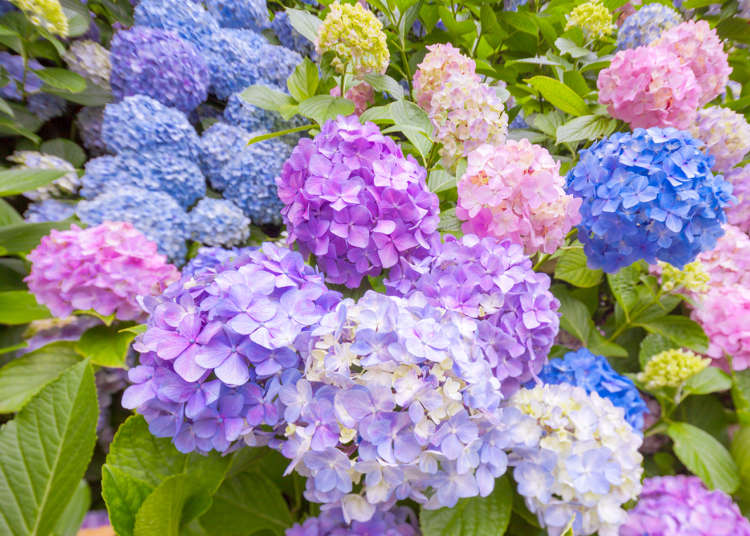



Tokyo Flower Guide Top 5 Spots To Enjoy Japanese Flowers In June 21 Live Japan Travel Guide




Close Up Of Japanese Hydrangeas Flowers Ajisai Stock Photo Image Of Background Hortensia




Hydrangeas 紫陽花 Ajisai In Japanese Art And Elsewhere Vegder S Blog




Jess Japan Travel Journal Ajisai Viewing In Kamakura




Ajisai And Asagao Two Flowers Of The Japanese Summer Kokoro Media
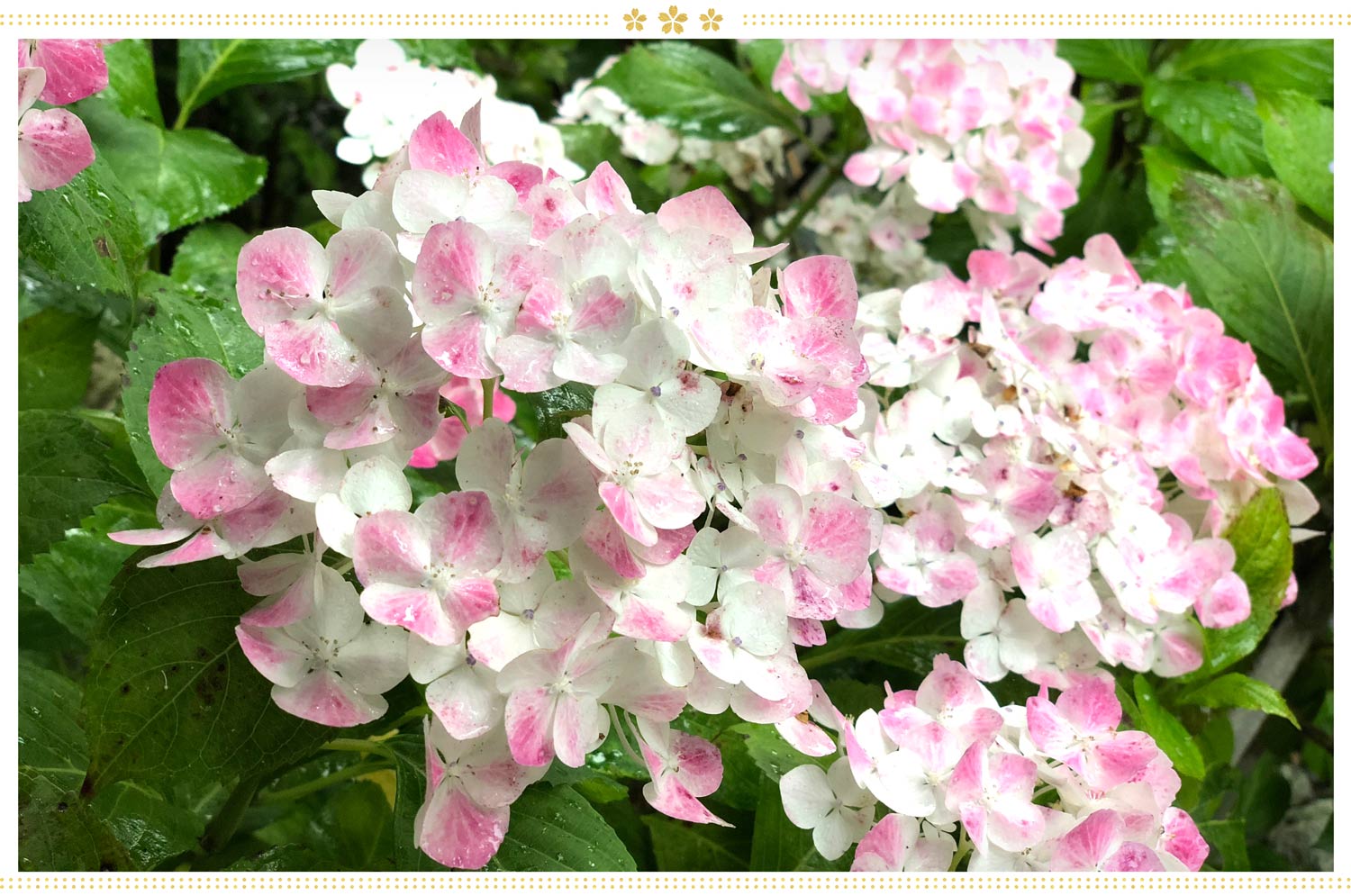



15 Japanese Flower Meanings And Where To Find Them Proflowers Blog



Vivid Hydrangea Now Blooming In Northern Okinawa Japan Update




Ajisai Hydrangea The Flower Of The Japanese Rainy Seaso Flickr




Jess Japan Travel Journal Ajisai Viewing In Kamakura




Ajisai Women Flower In Japan New Things To Learn Flowers Hydrangea




Hd Wallpaper Hydrangea Ajisai Blue Flower Japan Background Nature Wallpaper Flare




Ajisai And Asagao Two Flowers Of The Japanese Summer Kokoro Media




Ajisai Colors And Patterns That Brighten Japan S Rainy Season Japan Forward



3




The Enchanted Hydrangea Forest Jonelle Patrick S Only In Japan




Rainy Season Flowers In Japan 道の駅 阿蘇




Flower Early Summer Japan Ajisai Stock Photo Edit Now
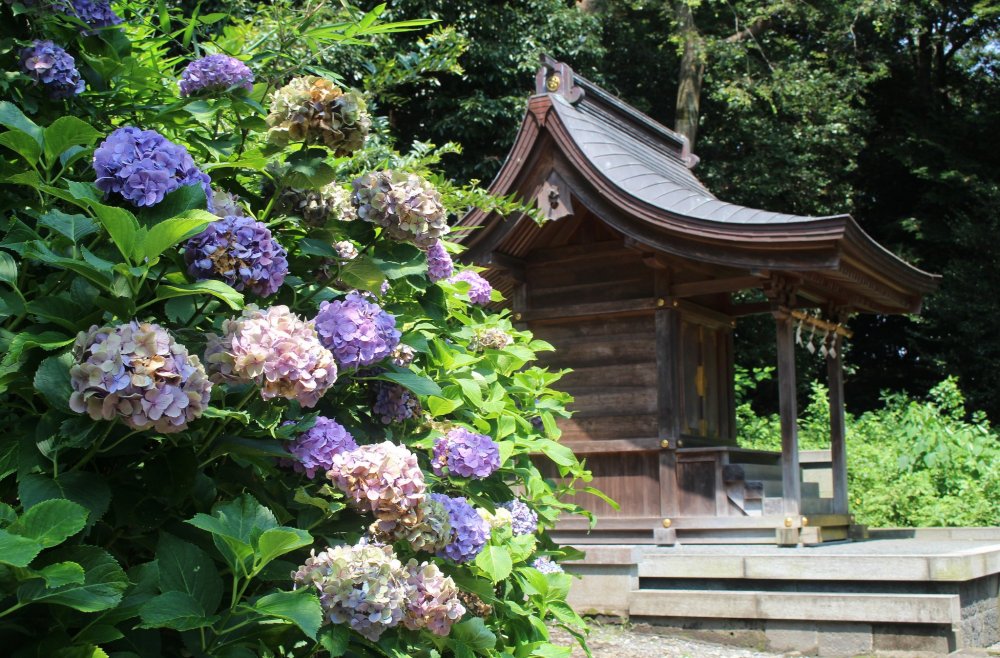



Japan S Summer Flowers Culture Japan Travel




Kaisei Machi Ajisai Matsuri 22 June Events In Kanagawa Japan Travel




Hydrangeas Ajisai Flowers Of Japan June Edition Youtube




The Bush Of Blooming White Japanese Hydrangeas Ajisai Many Flowers Hydrangeas Festival Japanese Matsuri Stock Photo Picture And Royalty Free Image Image




Kamakura S Famous Hydrangea Temple Walk Among Flowers In Japan S Ancient Capital Live Japan Travel Guide




Annual Events In Japan Study In Japan Jikei Com Group




Ajisai Composition Beautiful Flowers Garden Japanese Style Garden Magical Garden




The Bush Of Pink And Purple Hydrangeas Flowers Ajisai Stock Image Image Of Festival Garden




Purple Ajisai Flower In The Park In Japan Ajisai Season Stock Photo Image Of Japan Ajisai




Hydrangea Ajisai In Japan Japan All Over Travel Guide



あじさい Ajisai Japan Amino




Kimono Patterns 5ajisai Hydrangea A Classic Summer Flower Loved By Historical Poets Kateigaho International Japan Edition Japanese Culture Arts Lifestyle Magazine




Ajisai Flower Hydrangea Blooming In Spring And Summer At Botanic Garden Stock Photo Alamy




Beautiful Flower On A Rainy Day Japanese Name Ajisai It Blooms Most Beautifully During The Rainy Season Stock Photo Download Image Now Istock




Japan Travel Spots Where To See The Most Idyllic Ajisai Hydrangea Scenery Around Japan Grape Japan




Blooming Japanese Hydrangeas Flowers Ajisai And A Ferris Wheel Bright Summer Concept Amusement Park Stock Photo Alamy




Sean S Japan Travel Journal Hydrangea Flowers In Kamakura




Living In Japan Japan Life Guide For Foreigners




Ajisai Hydrangea Japanese Flowers
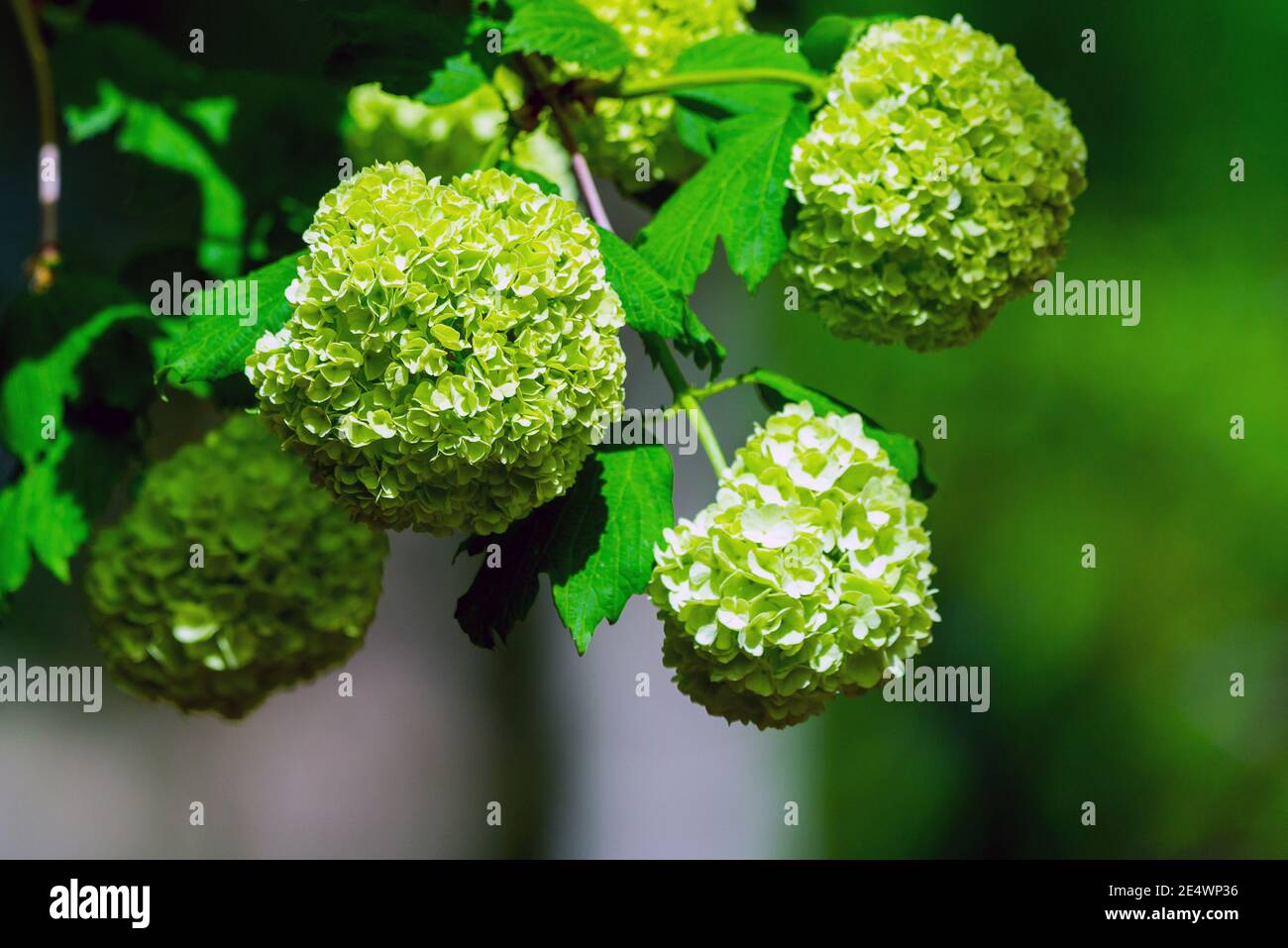



Ajisai High Resolution Stock Photography And Images Alamy




Hydrangea Season In Japan Kyuhoshi




Ajisai Images Stock Photos Vectors Shutterstock




Flowers Hydrangea Japanese Called Gaku Ajisai In The Rai Flickr




Hidden Wonders Of Japan Delightfully Inspiring Hydrangeas Peak In Uji Kyoto Japan Forward




Hydrangeas And The Rainy Season Japan S Flower Of Early Summer Matcha Japan Travel Web Magazine




Hydrangea Season In Japan Kyuhoshi



Ajisai The Japanese Flower During The Rainy Season Yabai The Modern Vibrant Face Of Japan




Visit Japan International The Beautiful Bright Blue Ajisai Flowers Japanese Hydrangea At Meigetsuin Temple In Kanagawa Prefecture Signify The Ending Of The Rainy Season And The Arrival Of Summer In Japan




Heart Hydrangea Ajisai Flower Japan Summer Stock Photo Edit Now



Hydrangea Temple Gardens In Kamakura Gowithguide By Travelience




Japanese Hydrangeas Ajisai Are In Stock Footage Video 100 Royalty Free Shutterstock




Hydrangea Flower Japan Ajisai Flower Blue Stock Photo Edit Now




Japan Travel Kamakura S Meigetsu In Temple Is Often Nicknamed The Ajisai Hydrangea Temple Japan Travel Flower Garden Plants Kamakura




Japanese Hydrangea Ajisai




Tokyo Flower Guide Top 5 Spots To Enjoy Japanese Flowers In June 21 Live Japan Travel Guide




Ajisai And Asagao Two Flowers Of The Japanese Summer Kokoro Media




Home Delivery By Japan Guide Com Seasonal Flowers




From The Garden Of Zen Ajisai Japanese Hydrangea Flowers Engaku Ji




From The Garden Of Zen Ajisai Japanese Hydrangea Flowers Kita Kamakura




Hydrangea And It S Language Real Japanese Gardens




Ajisai Hydrangea Japanese Flowers



Ajisai The Japanese Flower During The Rainy Season Yabai The Modern Vibrant Face Of Japan



Ajisai In Kamakura




0 Ajisai Semiweekly Pedia Of Japan The b



Ajisai The Japanese Flower During The Rainy Season Yabai The Modern Vibrant Face Of Japan



Cherry Blossom




927 Ajisai Stock Photos Pictures Royalty Free Images Istock




Japanese Purple Hydrangea Flowers Called Ajisai Or Hon Ajisai Blossoming Along The Asuka No Komichi Road Behind The Asukayama Park Famous For Its Hort Stock Photo Alamy




From The Garden Of Zen Ajisai Japanese Hydrangea Flowers Chojyu Ji




Ajisai Japanese Art Japanese Painting Japan Art




Ajisai The Japanese Flower During The Rainy Season Yabai The Modern Vibrant Face Of Japan




Ajisai Flower Japanese Paper Chigiri Picture Stock Illustration




4k Hdr Odaiba Hydrangea Flower Walk Japan Ajisai 21 Youtube




Japan Farmers Markets Thursday Snapshot Ajisai And The Rainy Season



3




Japan In Photos Ajisai Hydrangea Flowers Japan Up Close




The Japanese Rainy Season S Flower Blue Hydrangea Ajisai あじさい Focus Viewpoint




Hydrangea Season In Japan Kyuhoshi



Events In June Embrace Japan S Rainy Season And Its Beautiful Flowers At The Ajisai Matsuri At Hakusan Shrine Moshi Moshi Nippon もしもしにっぽん




Ajisai The Flowers Of Seven Transformations Edge Of Niigata




Ajisai Flower In June Kamakura Ajisai Dera Japan Stock Photo Download Image Now Istock



Ajisai The Japanese Flower During The Rainy Season Yabai The Modern Vibrant Face Of Japan




Beautiful Japanese Hydrangea Ajisai Flower Stock Photo Edit Now




Ajisai In Kamakura




Closeup Of Green Hydrangea Or Hydrangea Macrophylla Are Blooming In Spring And Summer At A Town Garden The Japanese Call This Ajisai Flower Stock Photo Alamy




Osuga Yuich F178 Ajisai Hydrangea Free Shipping Only 1 Left Magnificent Items From Japan Team Wakon Japan




Wallpaper Summer Flower Japan Nikon Outdoor Sigma Historical Hydrangea 1770 Okayama Ajisai Kojima 1770mm D70 6000x4000 Hd Wallpapers Wallhere



0 件のコメント:
コメントを投稿